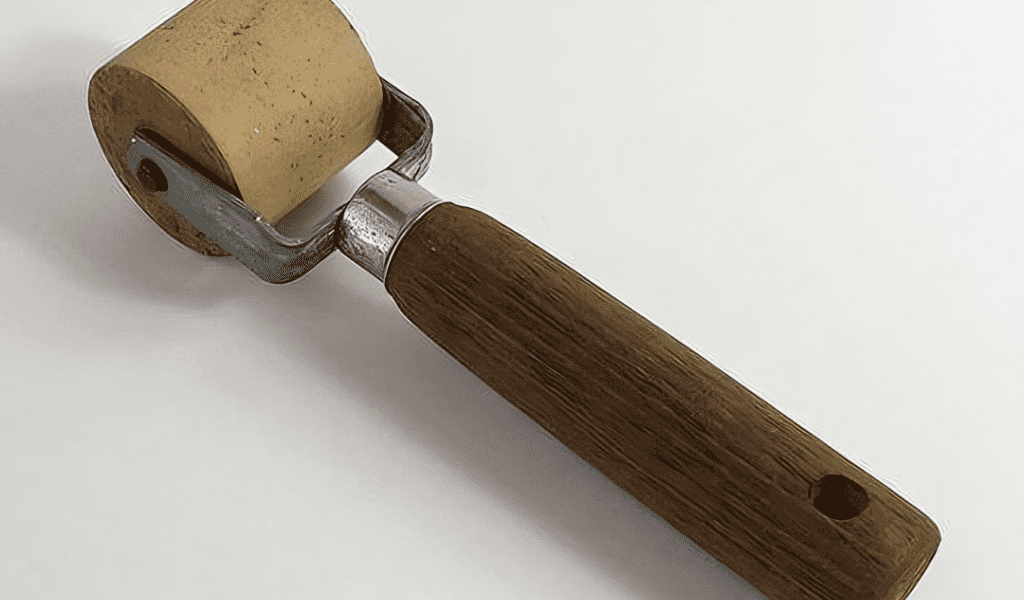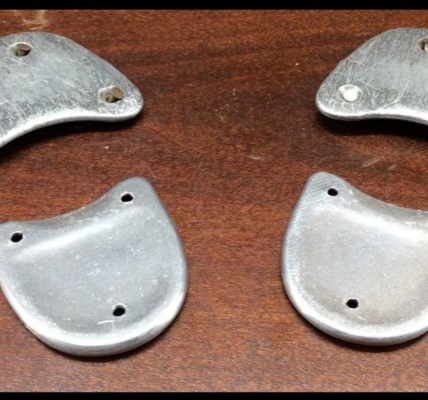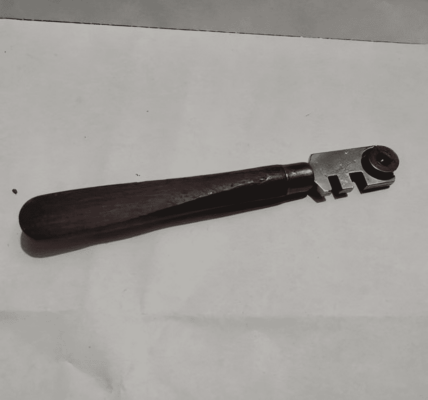The vintage seam roller wallpaper tool is more than just a relic of the past; it’s a testament to a time when interior design was rooted in meticulous craftsmanship. Emerging as an indispensable tool during the late 19th century, the seam roller played a crucial role in ensuring that wallpaper installations were smooth, seamless, and free of air bubbles. Its functionality and design have made it a must-have for both professional decorators and DIY enthusiasts who appreciate the classic approach to home improvement.
The Evolution of the Seam Roller: From Hardwood to Padded Innovation
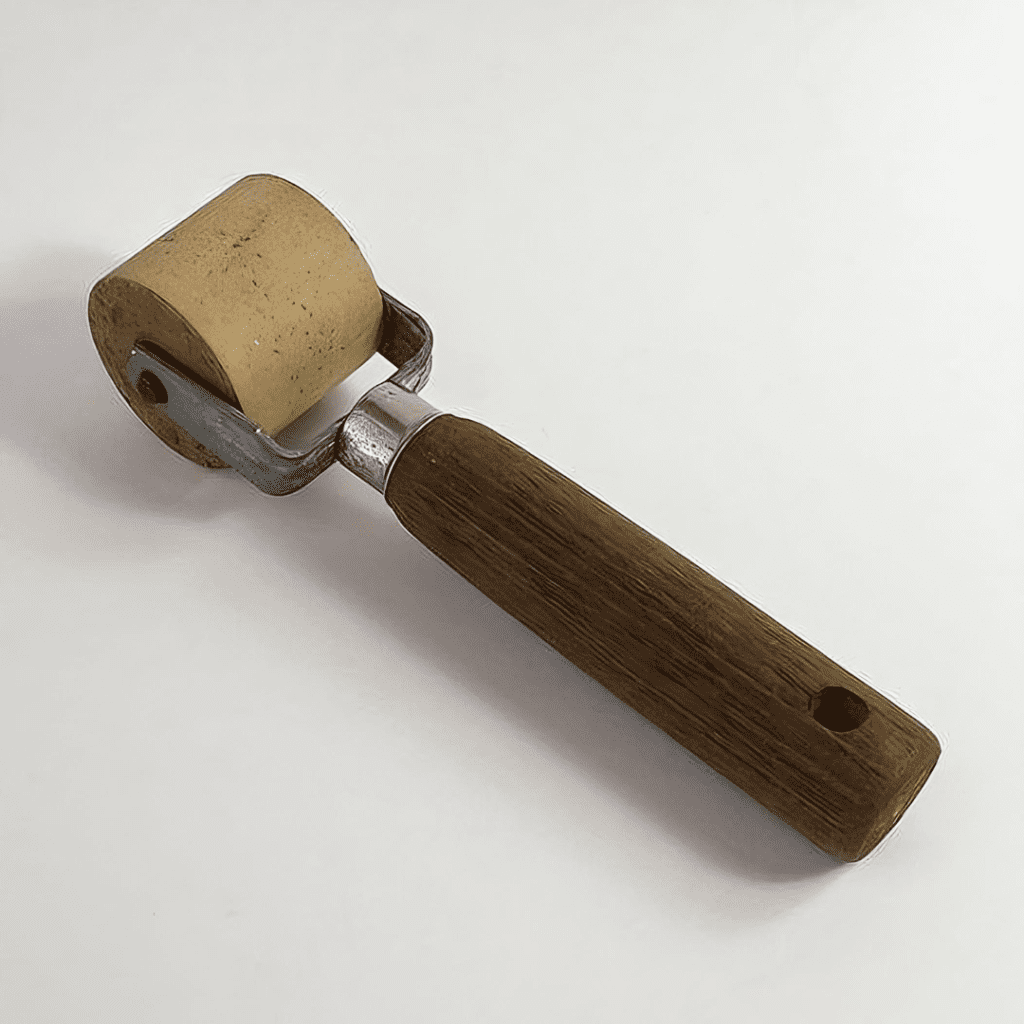
The journey of the vintage seam roller began in the late 1800s when wallpaper became a popular choice for decorating homes. The earliest seam rollers were simple yet effective—crafted from hardwood or metal and equipped with handles for better grip. These rollers featured a cylindrical shape designed to press down the seams of wallpaper effectively, promoting strong adhesion and smooth finishes.
As the 20th century progressed, wallpaper styles evolved from traditional paper to more durable materials like vinyl and textured variants. To accommodate these changes, manufacturers began modifying the seam roller’s design. They introduced softer materials and padded surfaces to protect delicate wallpaper patterns from damage while still ensuring effective seam pressing. This adaptability highlights the tool’s ability to meet the changing demands of interior design, reflecting an era when craftsmanship and functionality were paramount.
How to Use the Vintage Seam Roller: A Guide to Achieving Flawless Results
The vintage seam roller is simple to use, yet incredibly effective in achieving the perfect wallpaper finish. Here’s how this classic tool works:
- Seam Smoothing: After the wallpaper is applied to the wall, the seam roller is used to smooth the edges where two strips of wallpaper meet. By pressing firmly and rolling from the center outwards, the roller ensures that the wallpaper adheres properly and remains bubble-free.
- Air Bubble Elimination: The seam roller is instrumental in removing air pockets trapped beneath the wallpaper surface. By applying even pressure, the roller pushes out any trapped air, resulting in a flat, professional-looking finish.
- Edge Trimming: Beyond smoothing seams, the seam roller is often used to press down wallpaper along the edges and corners. This helps achieve a crisp, polished look that enhances the overall aesthetic of the room.
- Handling with Care: The tool’s lightweight build makes it easy to maneuver, allowing for extended use without causing user fatigue. Its ergonomic design provides comfort during long wallpapering sessions, making it ideal for large projects.
The vintage seam roller’s straightforward functionality and design make it an indispensable part of the traditional wallpapering process. It not only ensures a flawless finish but also preserves the integrity of intricate patterns that define classic wallpapers.
Cultural Significance: The Seam Roller’s Impact on Interior Design
The vintage seam roller wallpaper tool is a symbol of the attention to detail that characterized traditional wallpapering methods. During its heyday, wallpaper installation wasn’t just a task—it was a craft that required skill and precision. Seam rollers played a pivotal role in achieving this, serving as essential tools for professional decorators and ambitious homeowners alike.
In an era when home decor was both a practical necessity and an art form, seam rollers were the key to achieving flawless, well-adhered finishes. Their role in creating seamless walls without wrinkles or visible seams represented a level of craftsmanship that defined interior design standards. The vintage seam roller thus stands as a reminder of a time when patience, skill, and dedication were at the core of home improvement practices.
The Enduring Legacy of Vintage Seam Rollers
Despite modern advancements in wallpapering techniques—including the development of more advanced tools, self-adhesive wallpapers, and specialized adhesives—the vintage seam roller retains its appeal among collectors, restorers, and vintage enthusiasts. Here’s why:
- Historical Significance: The vintage seam roller is more than just a tool; it’s a piece of design history. It represents a period when wallpapering was both a practical solution for home decor and an expression of artistry. As a relic from this era, the seam roller has become a collectible item that embodies the evolution of interior design practices.
- Superior Craftsmanship: The craftsmanship of vintage seam rollers is a testament to the engineering standards of the past. These tools were built to last, with durable materials and a design that prioritized both function and form. This blend of quality and effectiveness has cemented the seam roller’s reputation as a superior tool for wallpapering.
- Restoration Projects: For enthusiasts focused on restoring period homes, vintage seam rollers offer authenticity that modern tools cannot replicate. Their use in renovation projects adds a layer of historical accuracy to the process, enhancing the authenticity of the final outcome.
- Nostalgic Value: The vintage seam roller carries a nostalgic charm that appeals to those who appreciate the aesthetics and tools of the past. Whether displayed as part of a collection or used in actual wallpapering, the tool represents a bygone era of home improvement.
Why Collectors and DIY Enthusiasts Cherish Vintage Seam Rollers
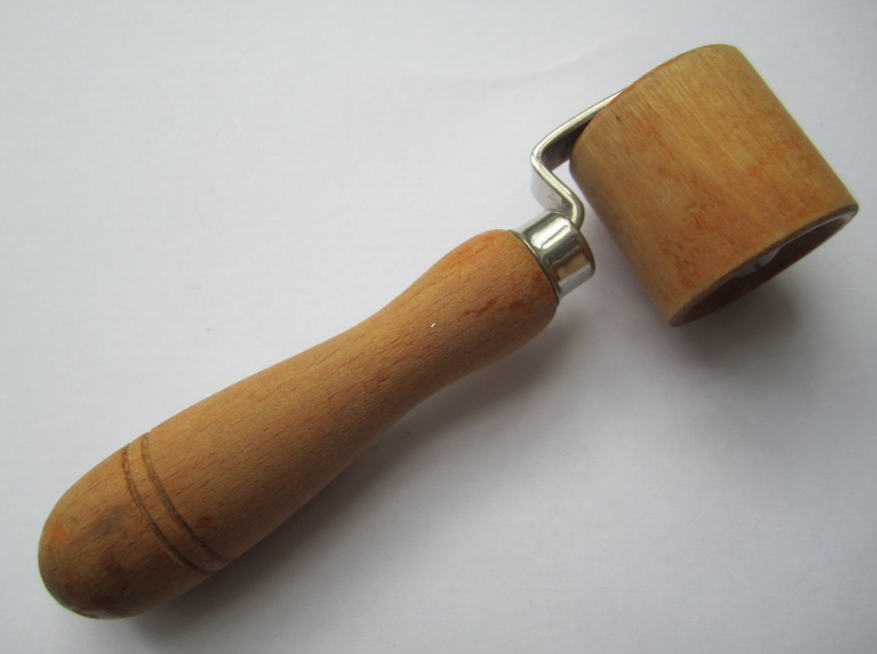
The vintage seam roller has garnered a dedicated following among collectors of historical tools and home improvement enthusiasts. Its enduring appeal is attributed to several factors:
- Authenticity: Vintage seam rollers are often sought after for their historical authenticity. Owning one provides a tangible connection to the past, offering a glimpse into the methods and tools that defined traditional home decor.
- Aesthetics: The design of the vintage seam roller is both functional and visually appealing. Its simple elegance, often marked by wooden handles and polished rollers, adds a touch of old-world charm to any tool collection.
- Practical Utility: While modern tools are available, vintage seam rollers continue to be used for restoration projects, where maintaining authenticity is key. They provide a sense of satisfaction for those who appreciate hands-on craftsmanship and the traditional techniques of wallpapering.
Conclusion: Celebrating the Vintage Seam Roller’s Legacy
The vintage seam roller wallpaper tool stands as a testament to the precision, artistry, and attention to detail that defined traditional interior design practices. Its straightforward design, combined with its effectiveness in achieving seamless wallpaper installations, has made it a cherished artifact among enthusiasts and collectors. Whether used for practical purposes or kept as a nostalgic piece of history, the vintage seam roller represents a legacy of meticulous craftsmanship and enduring appeal in home improvement.
As we continue to explore the tools of the past, the vintage seam roller remains a shining example of how simple innovations can leave a lasting impact on both aesthetics and technique in interior design.
